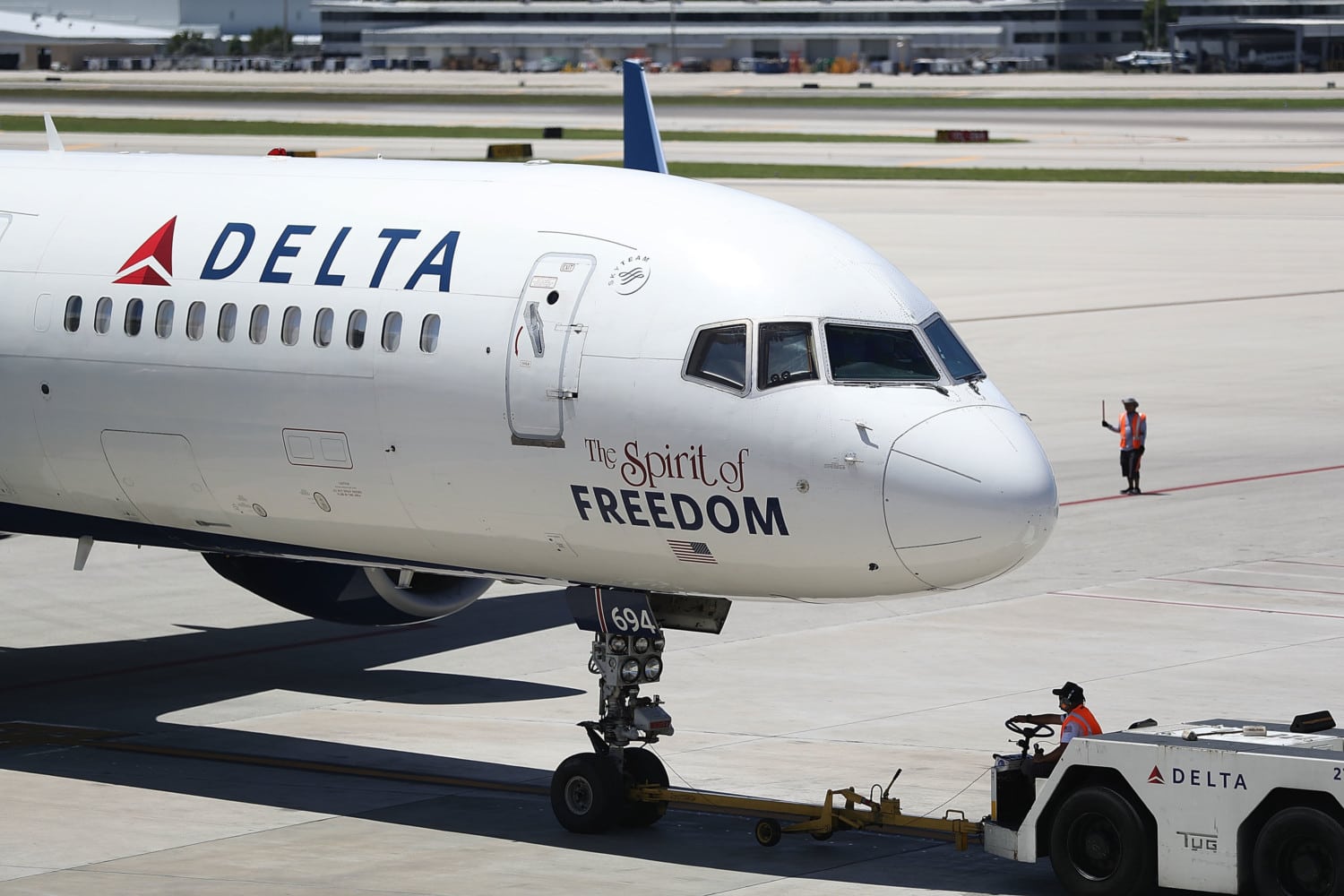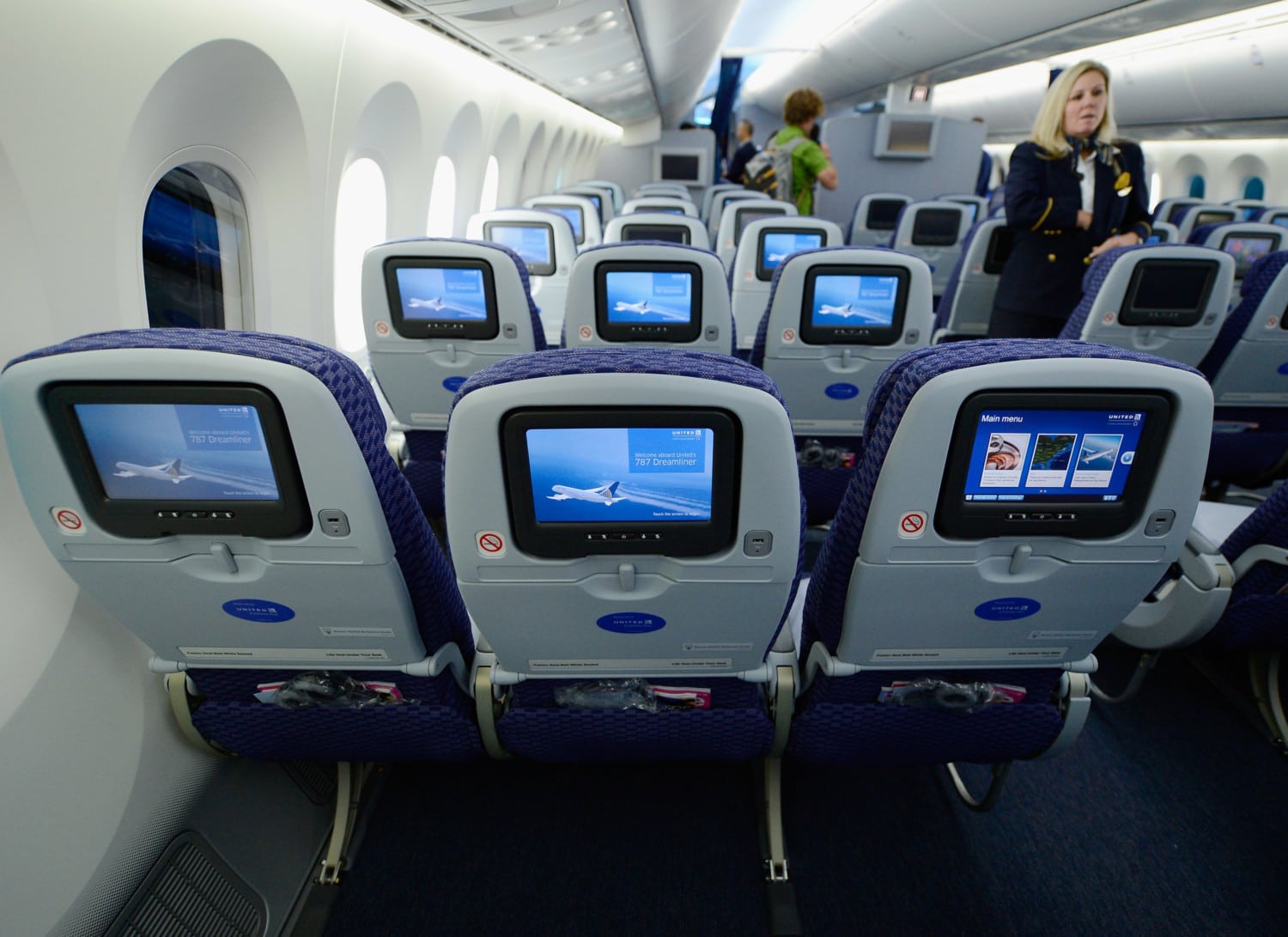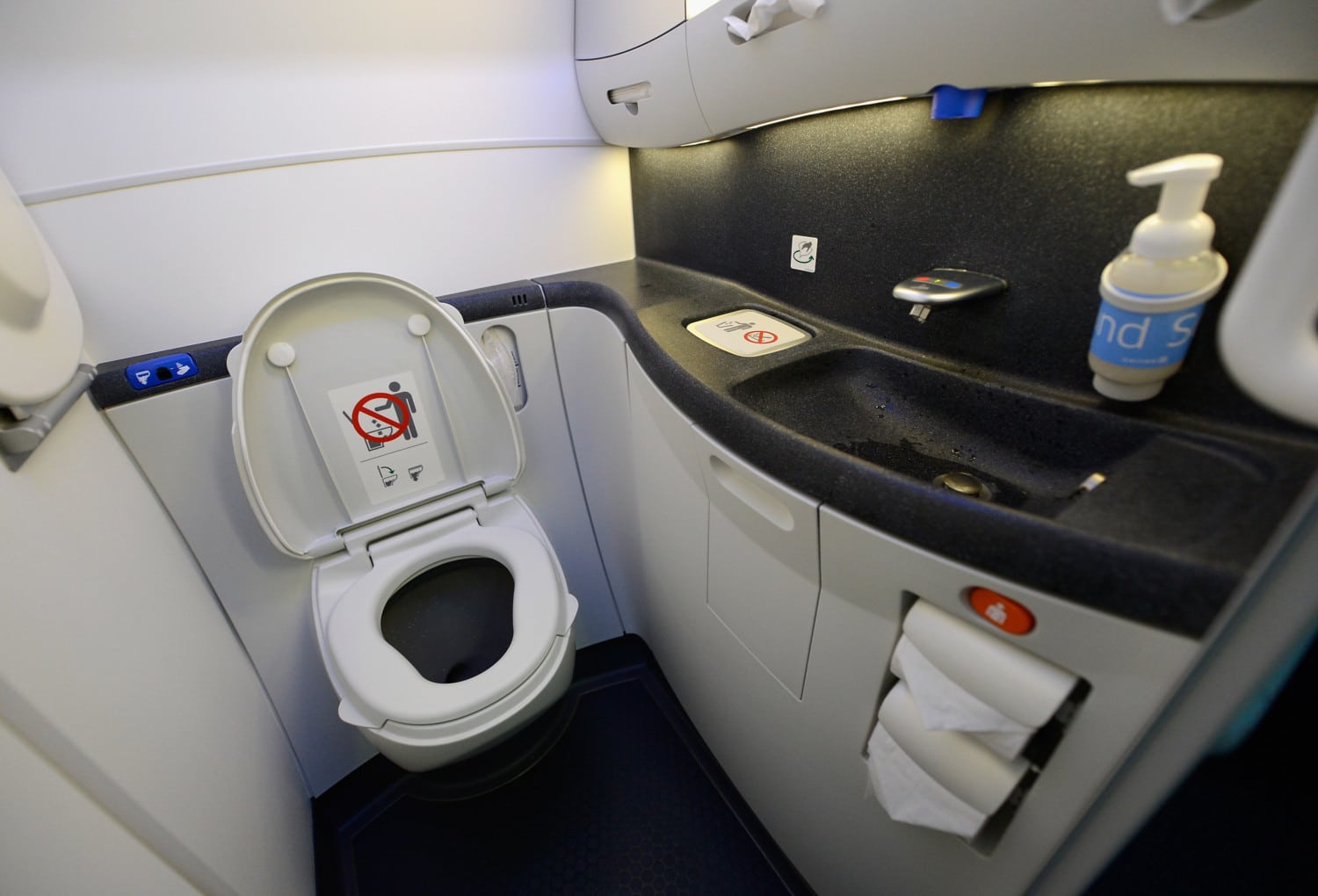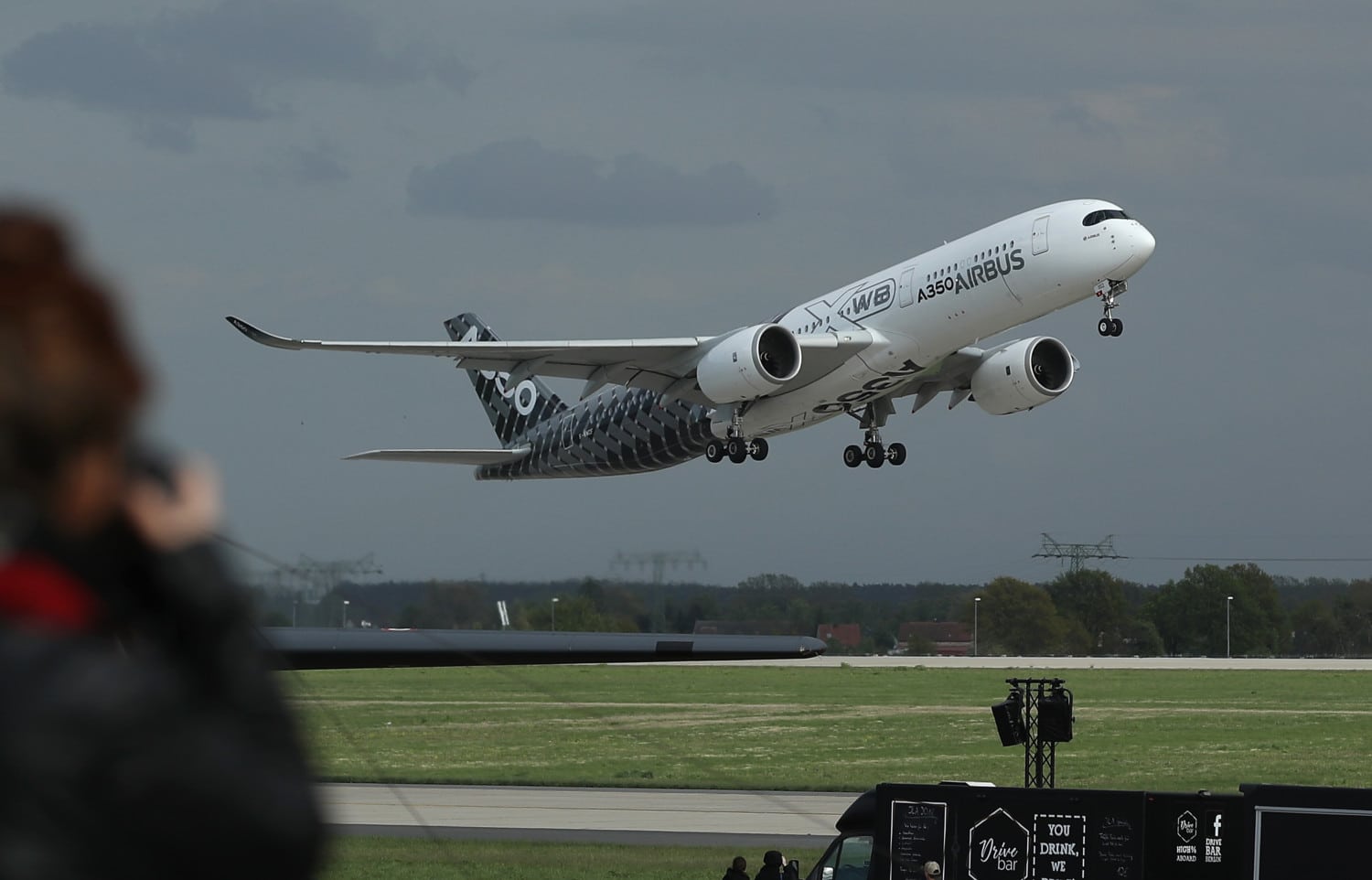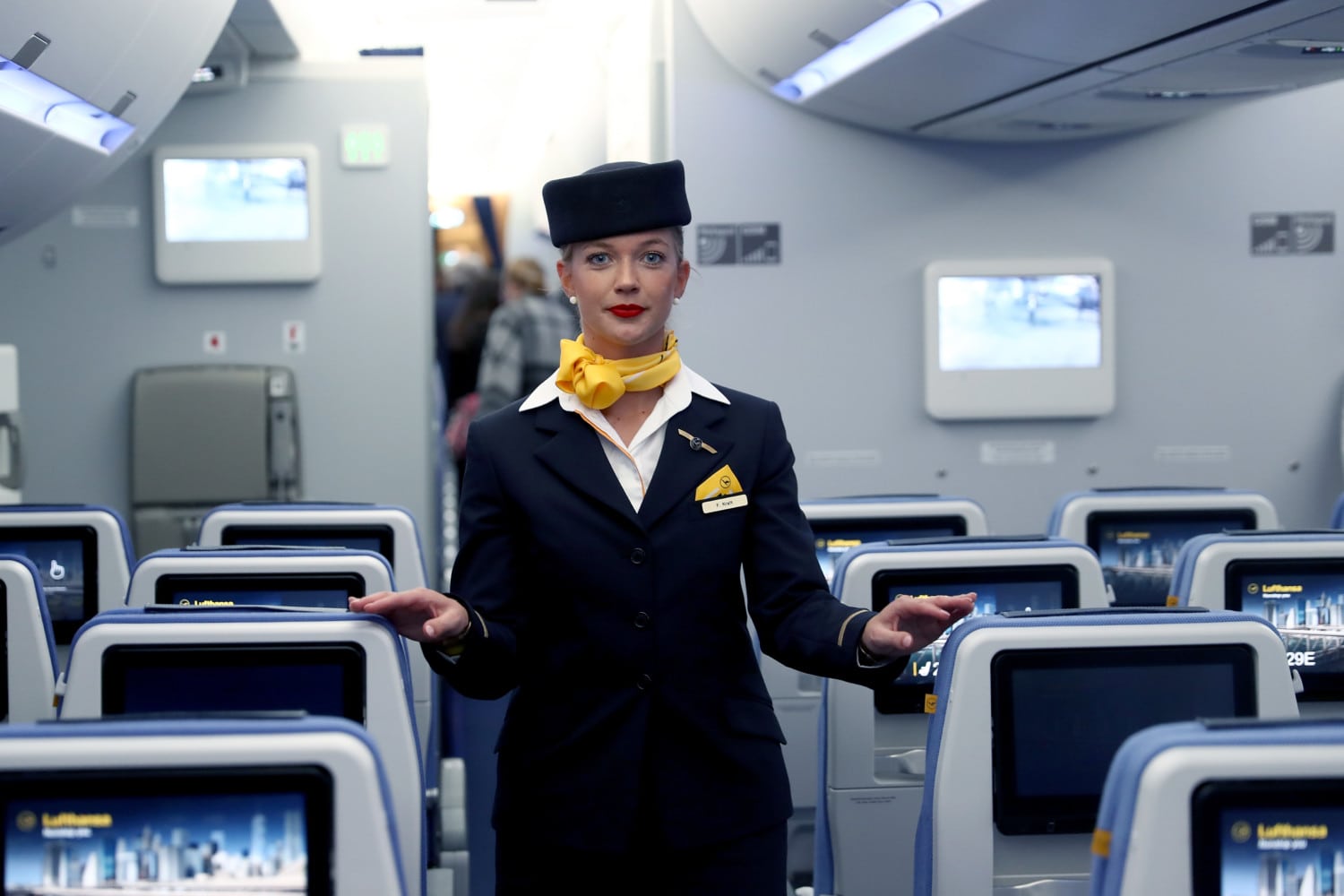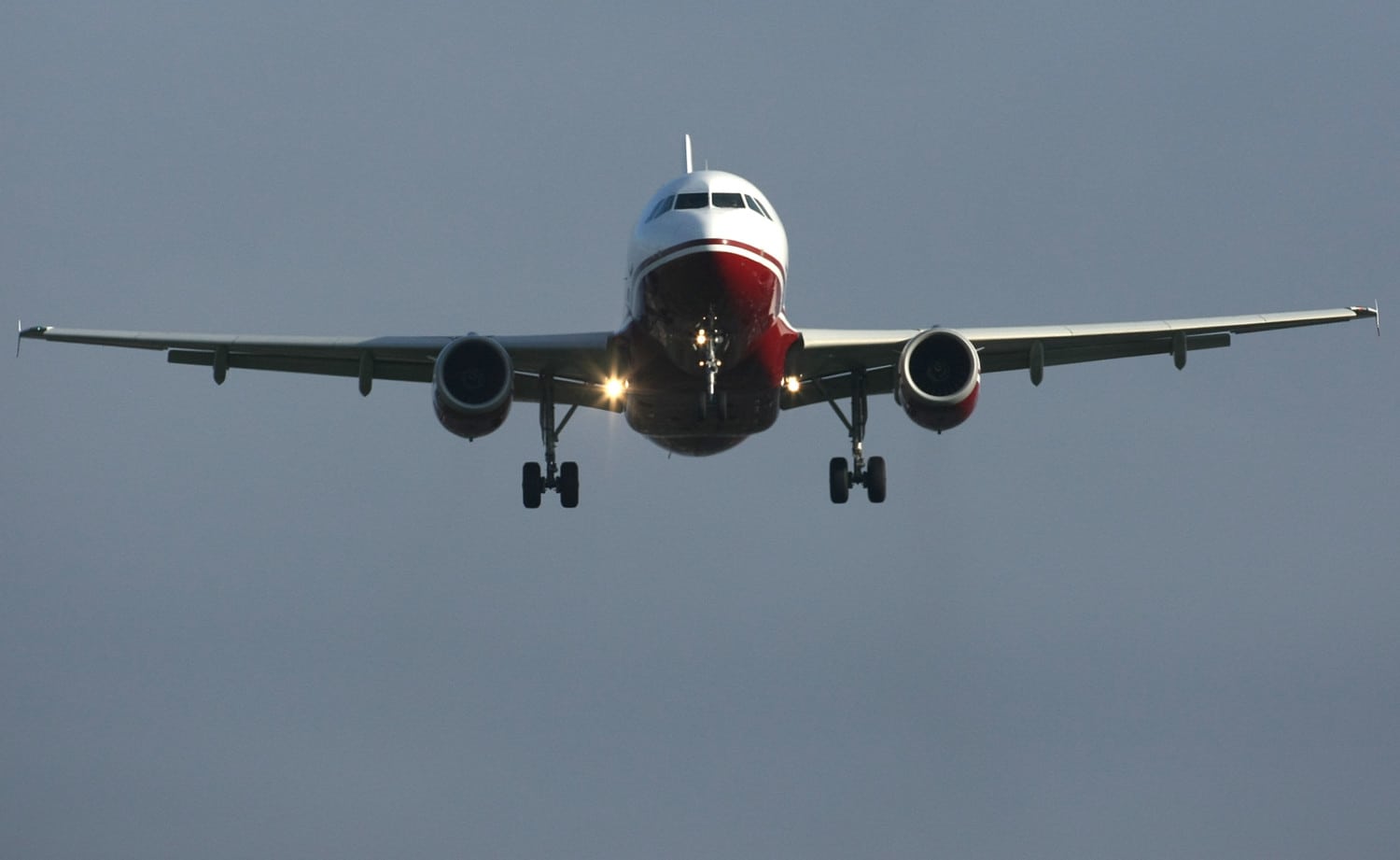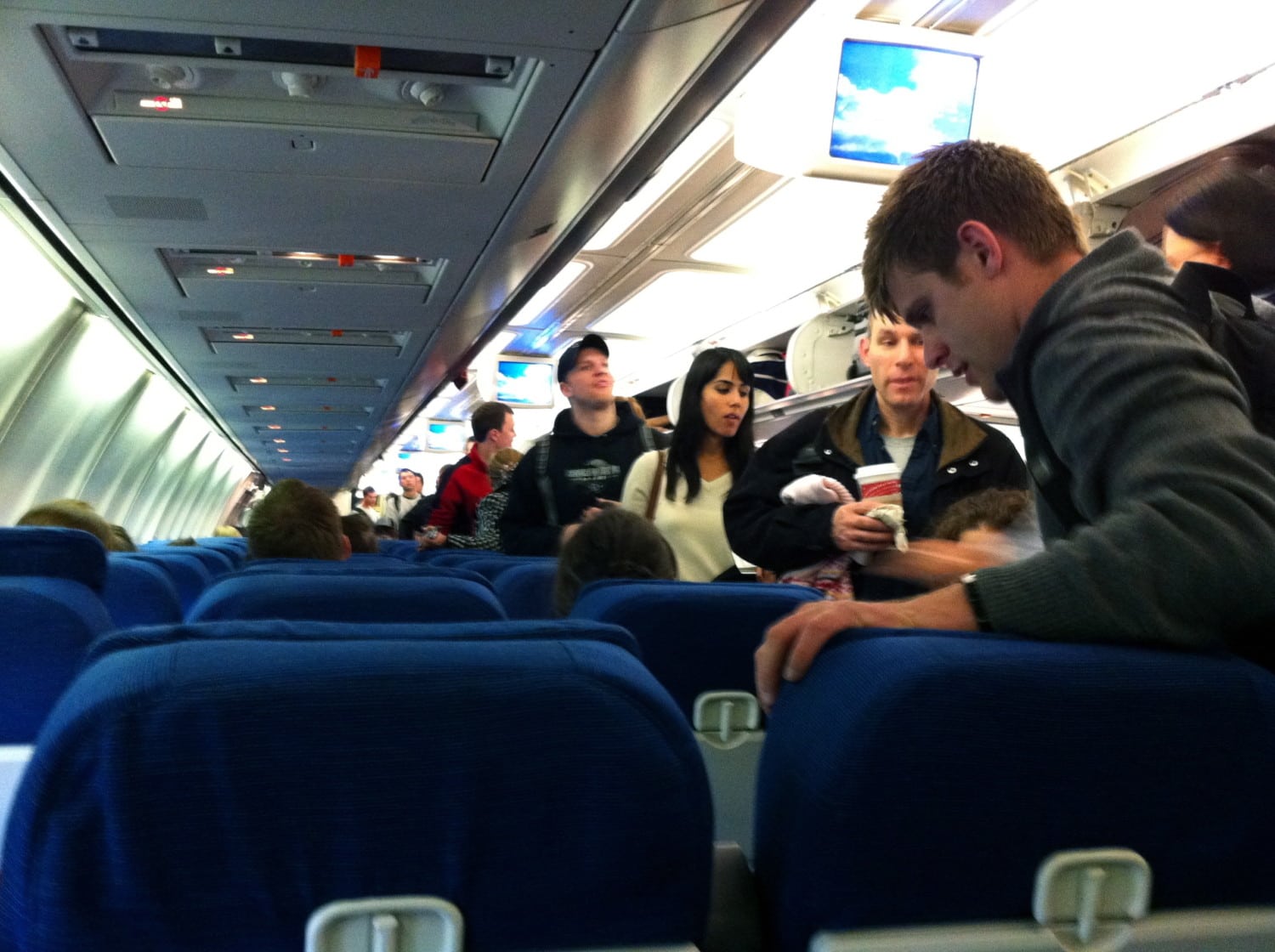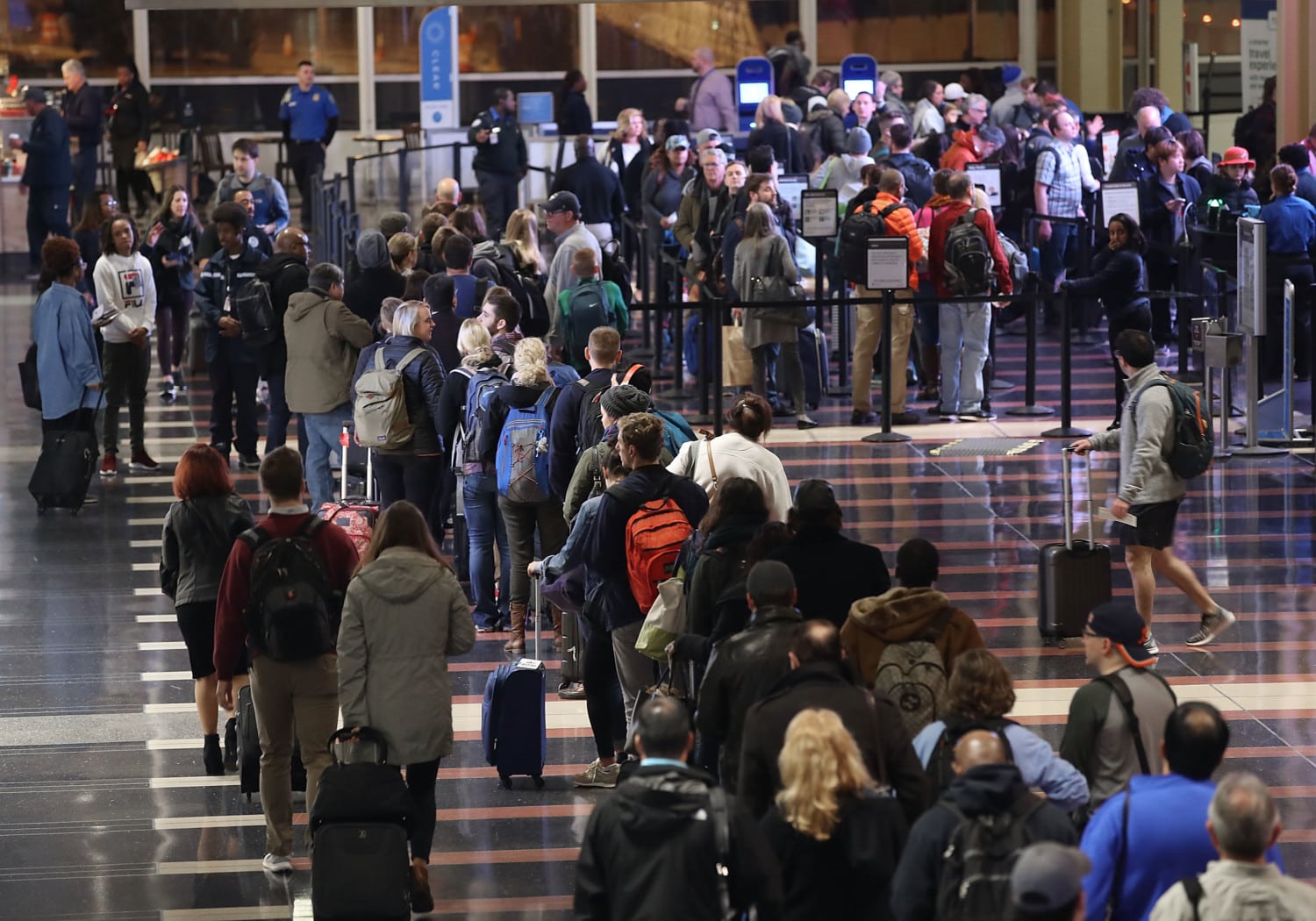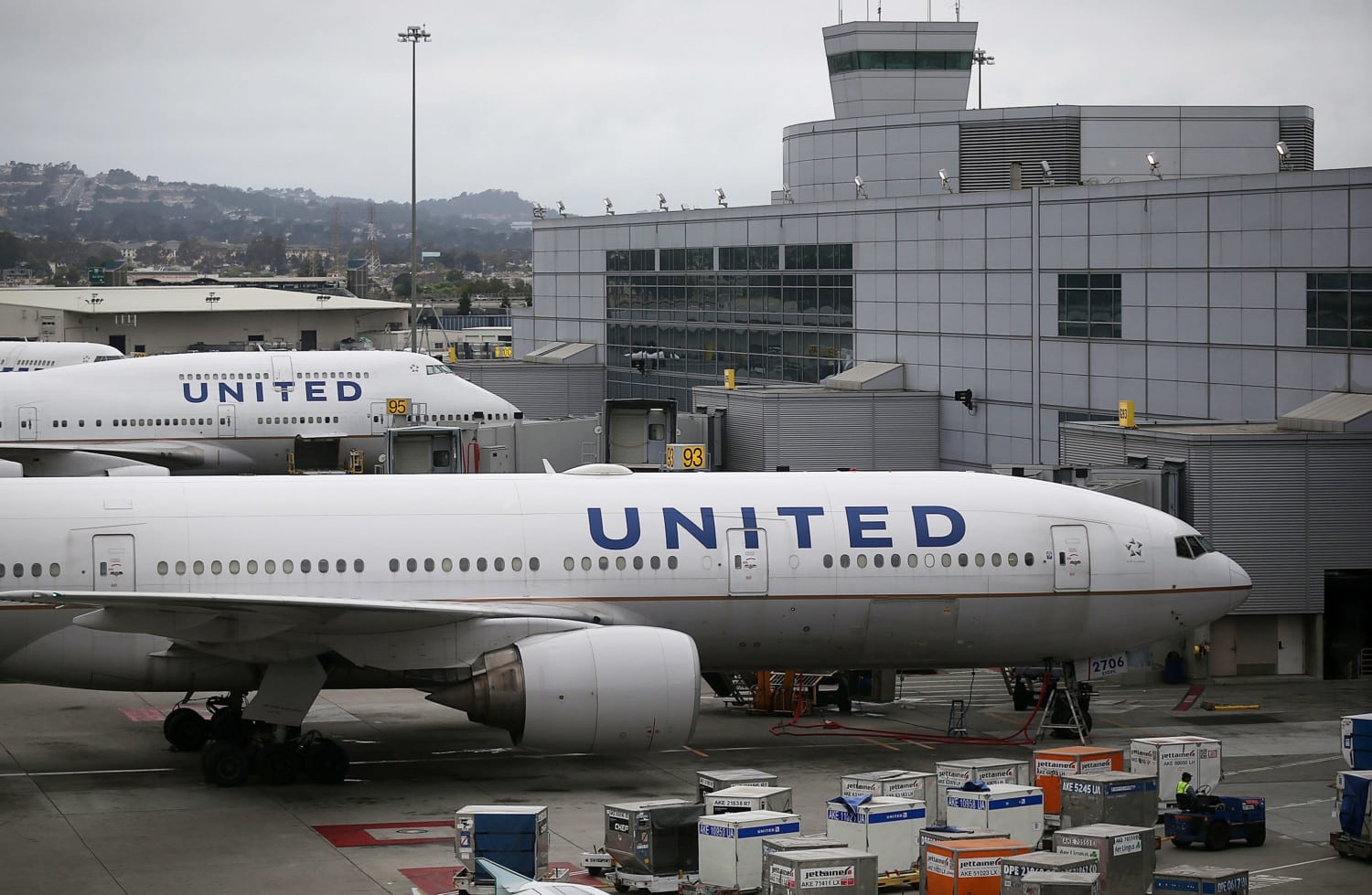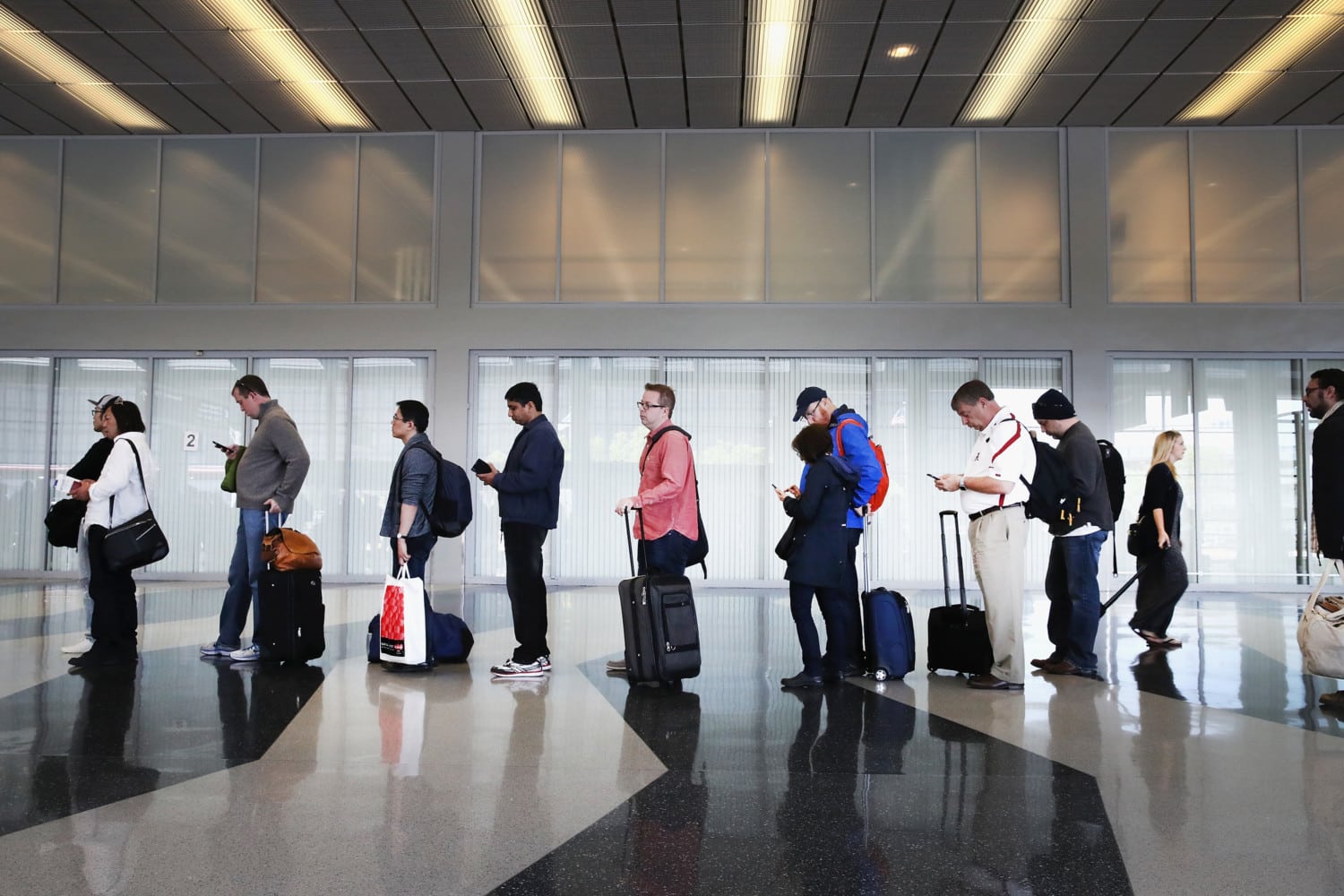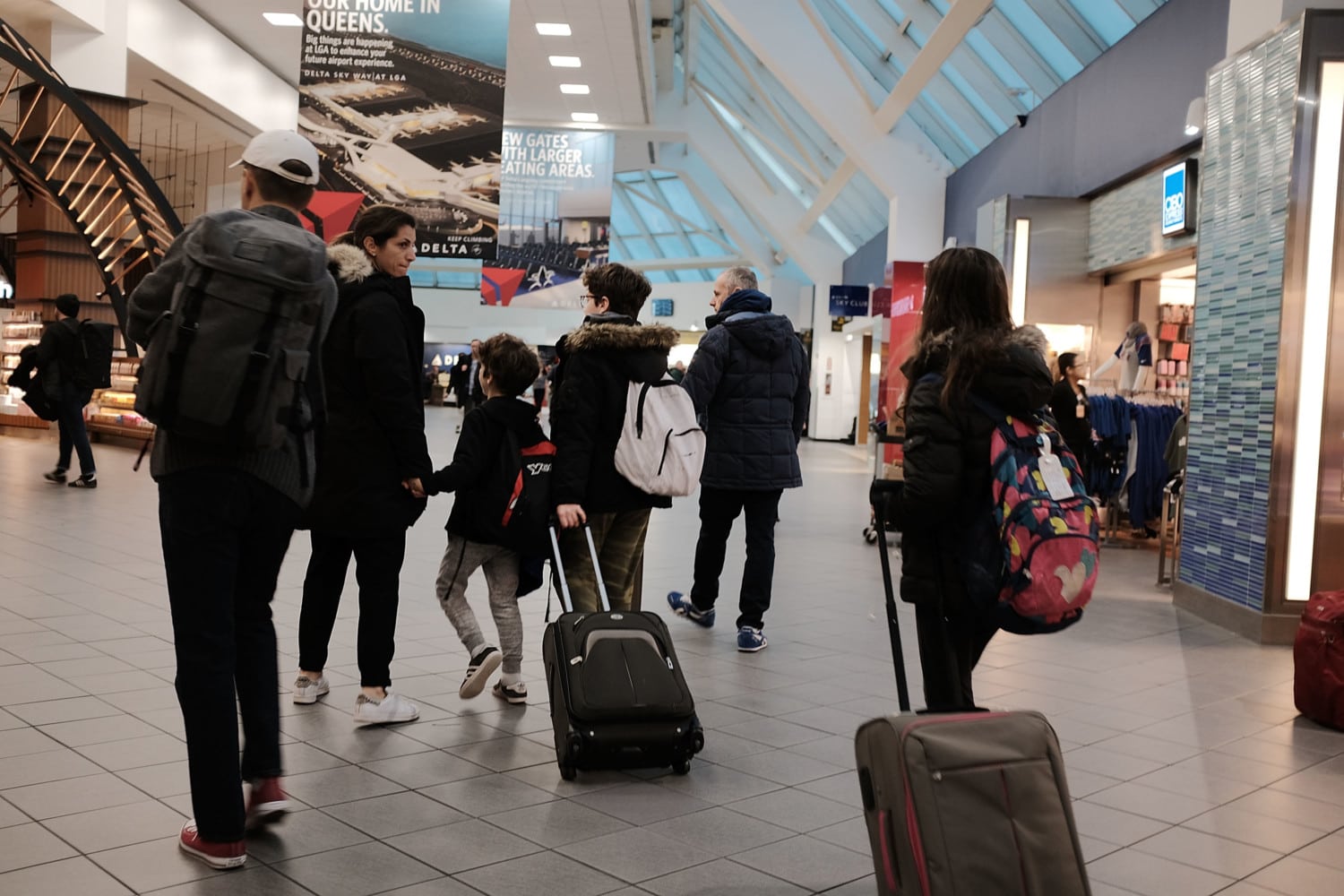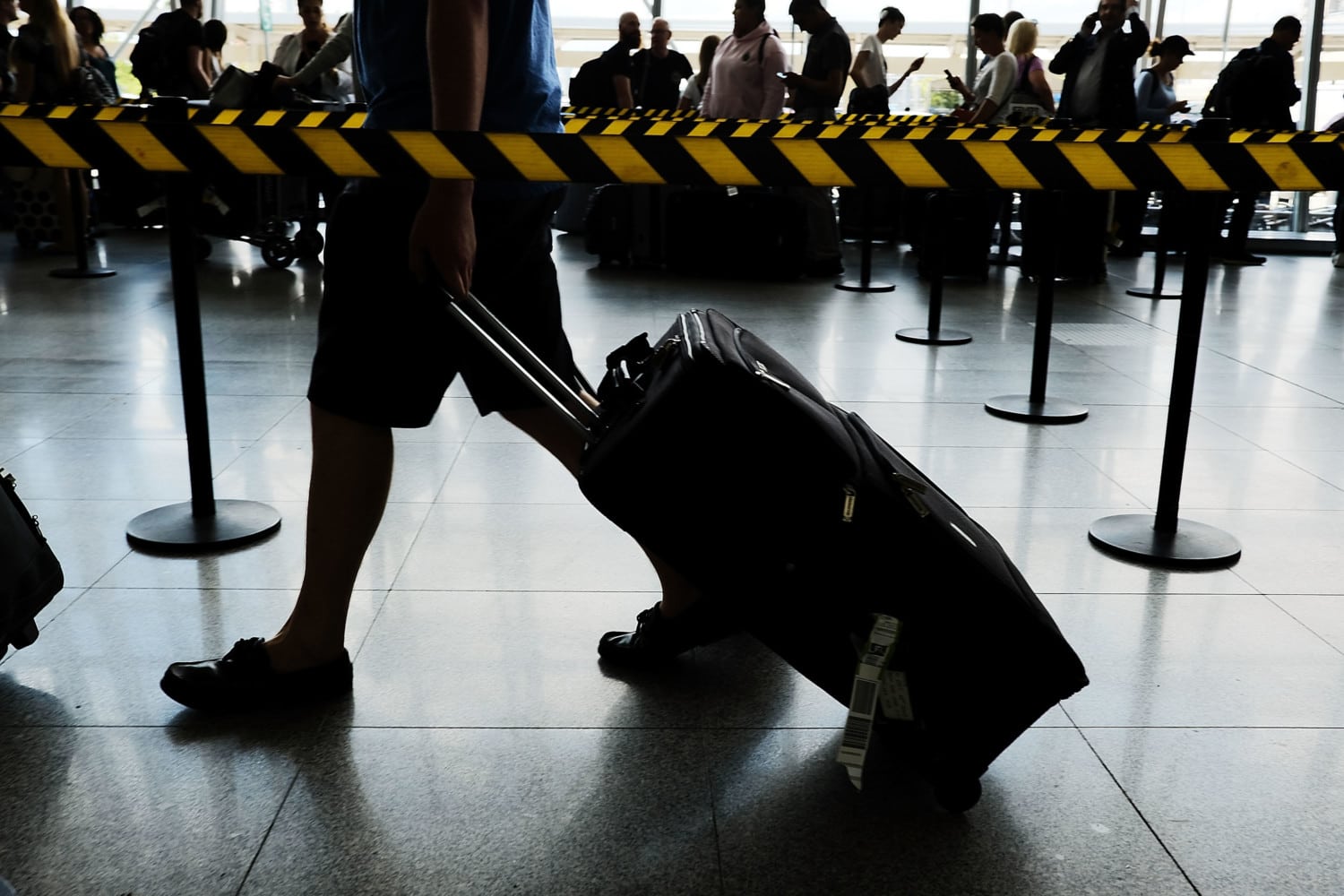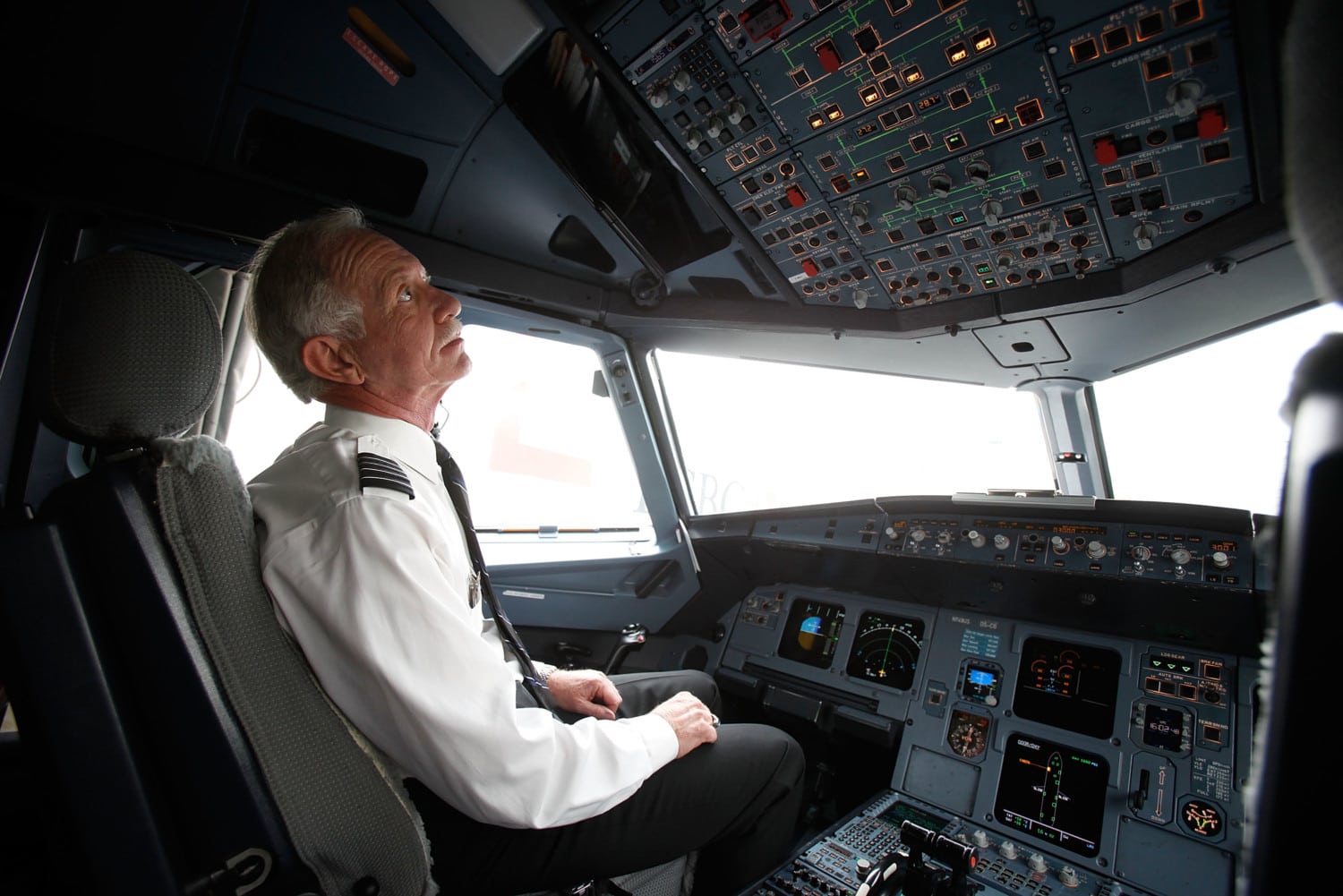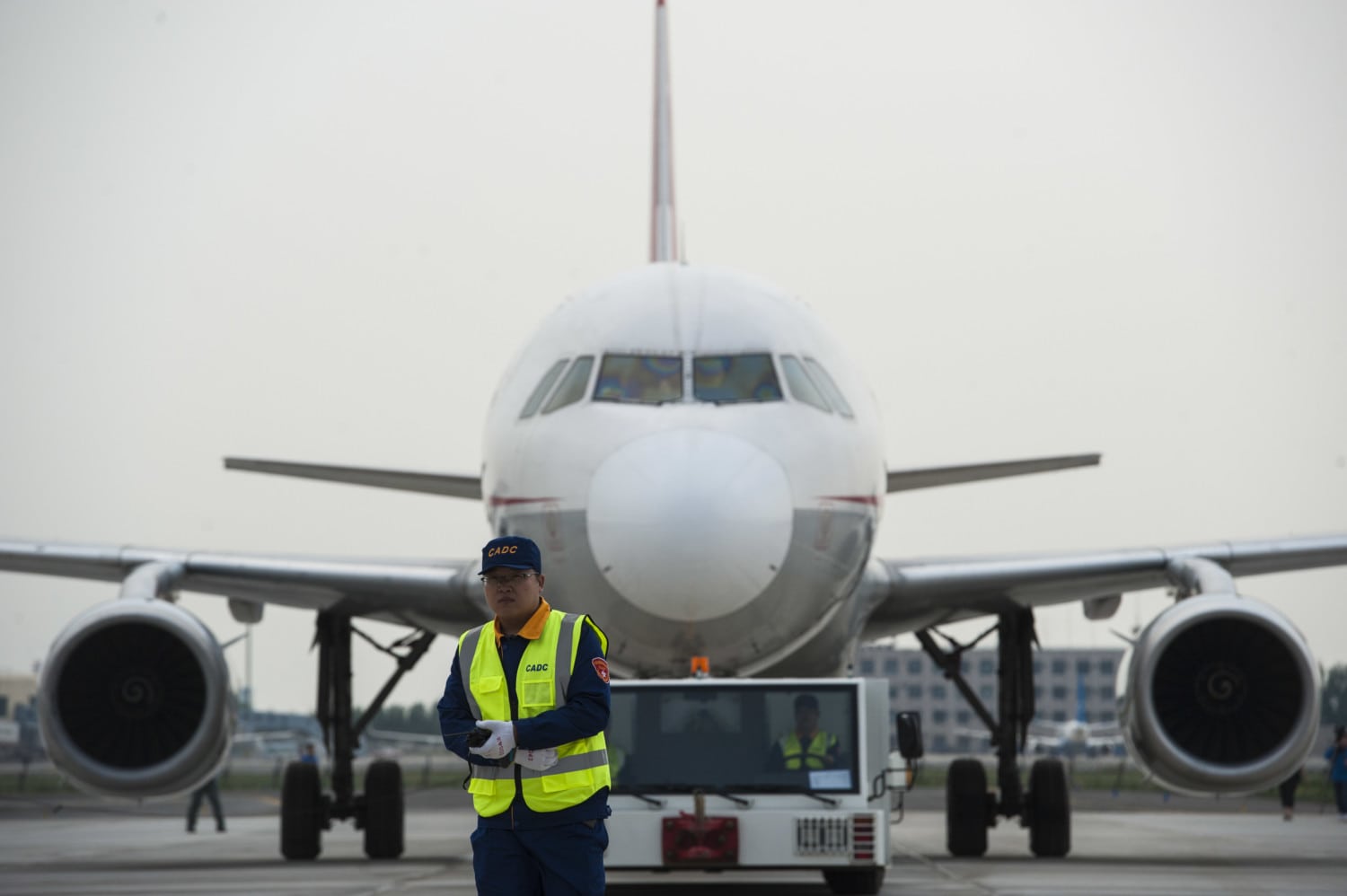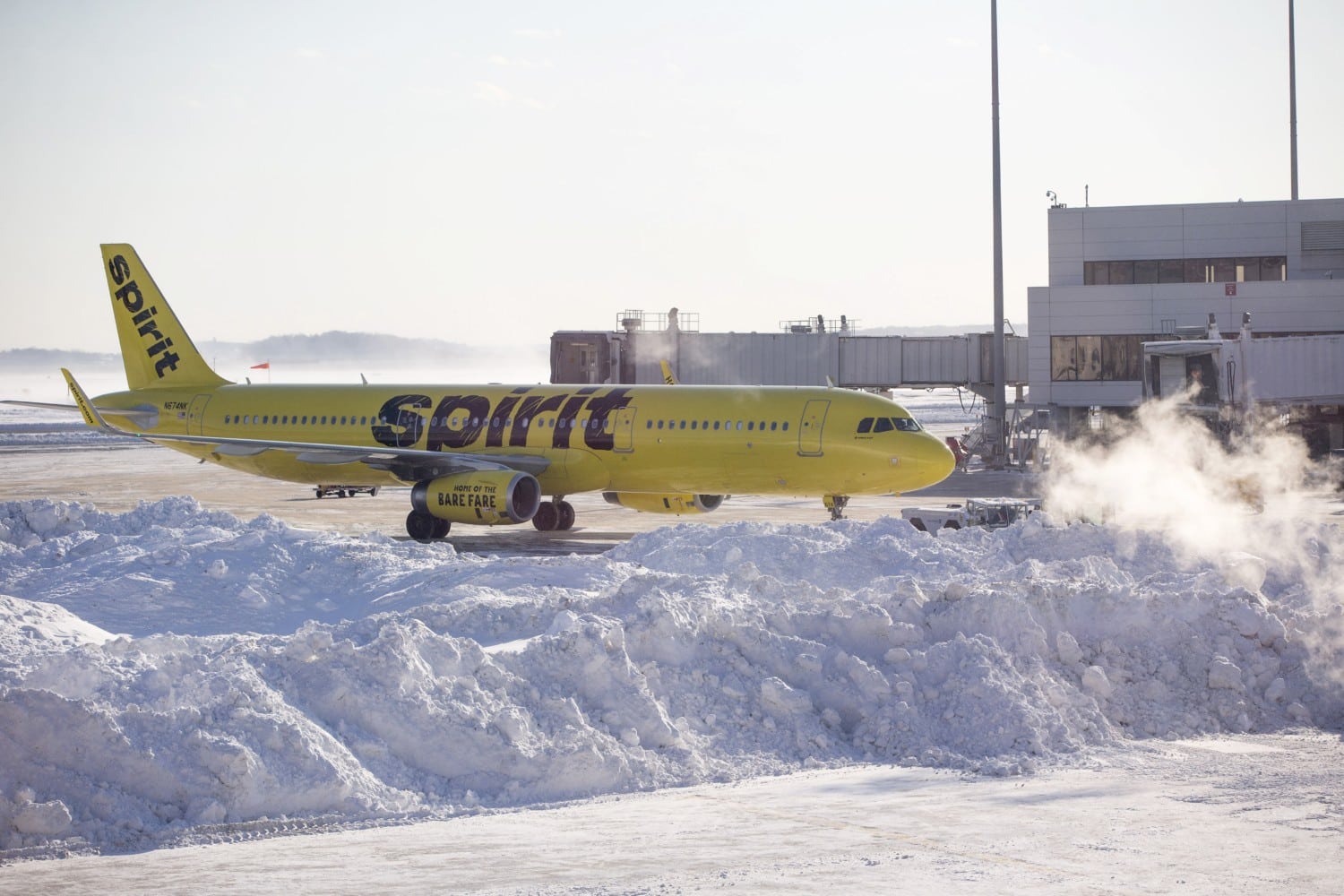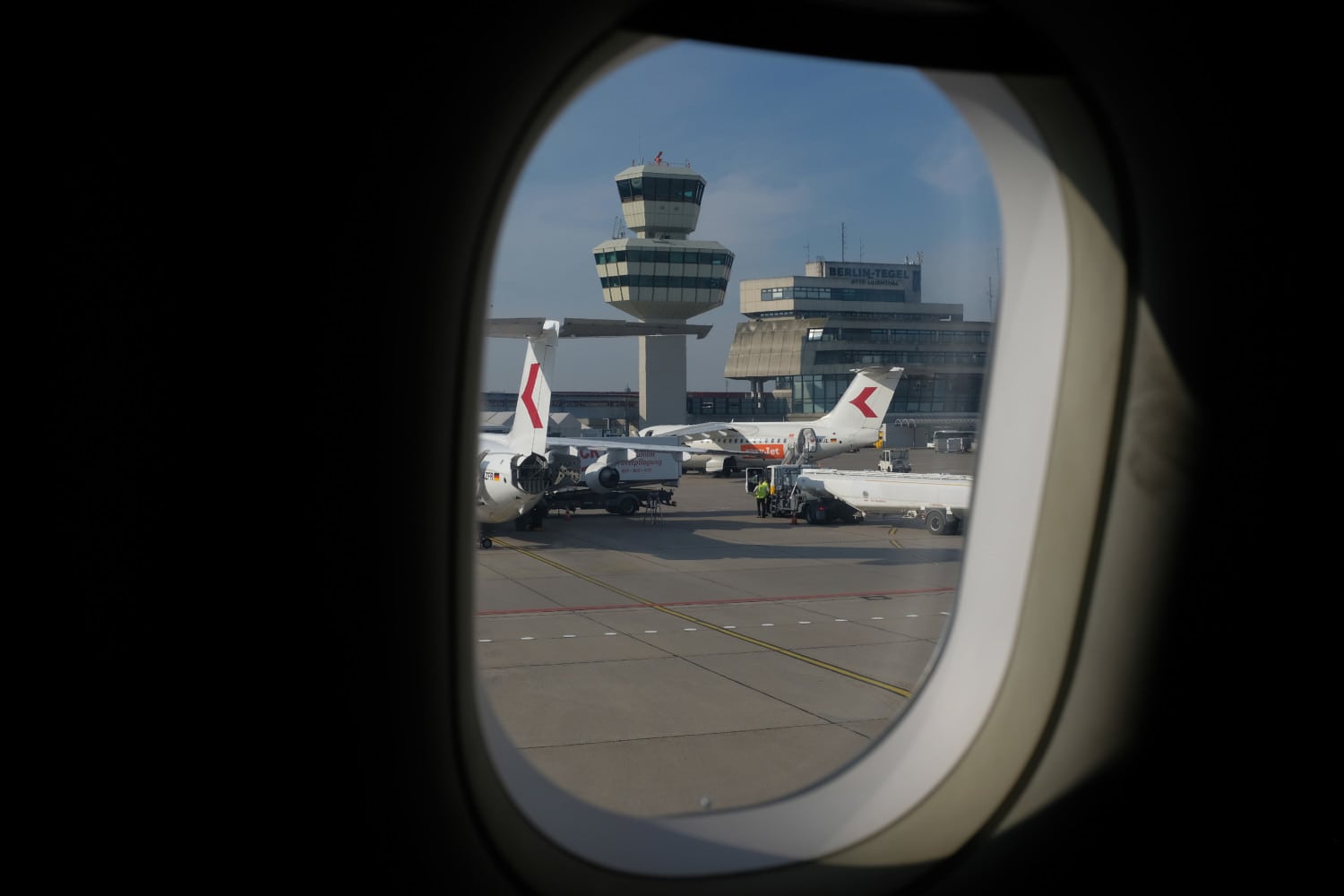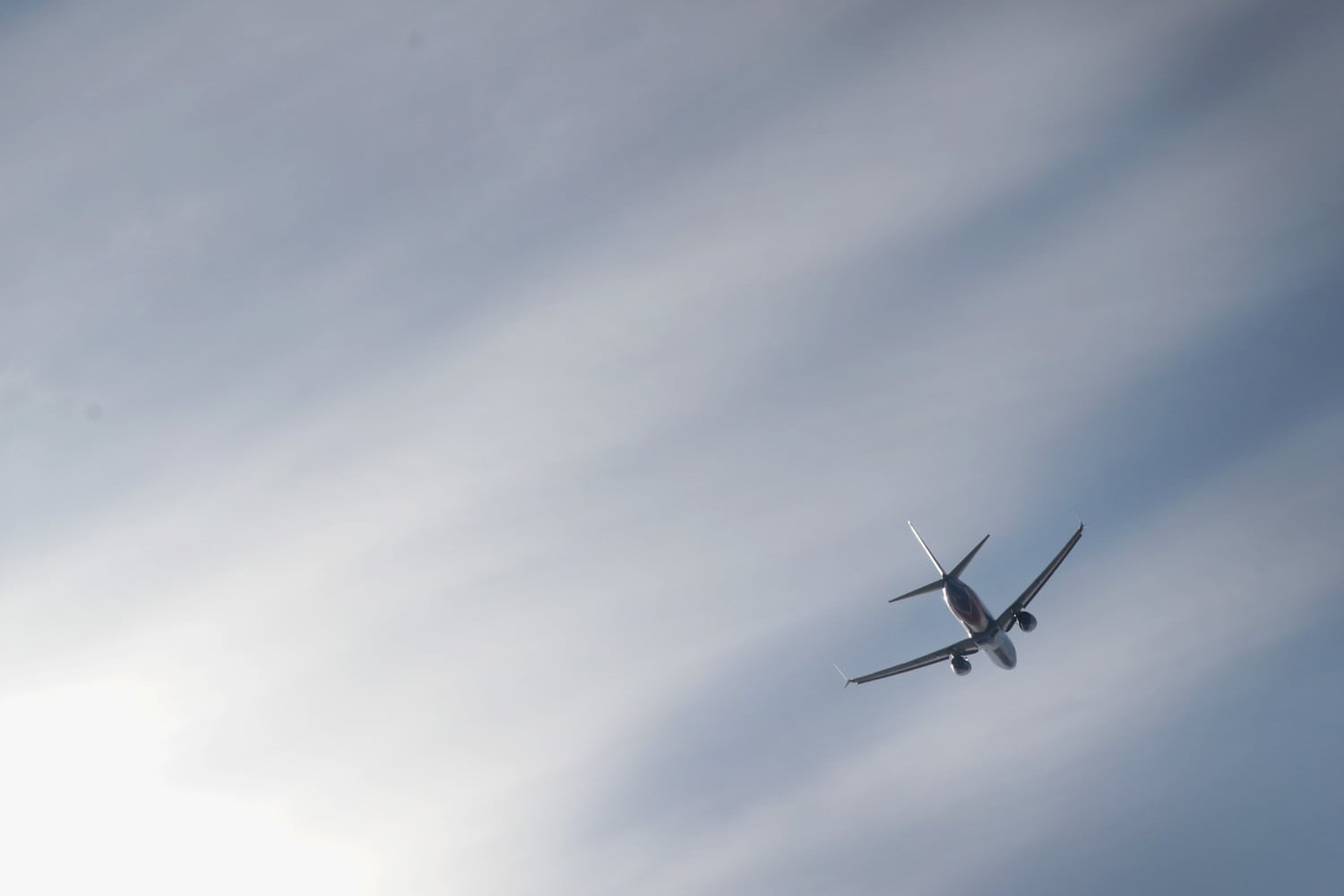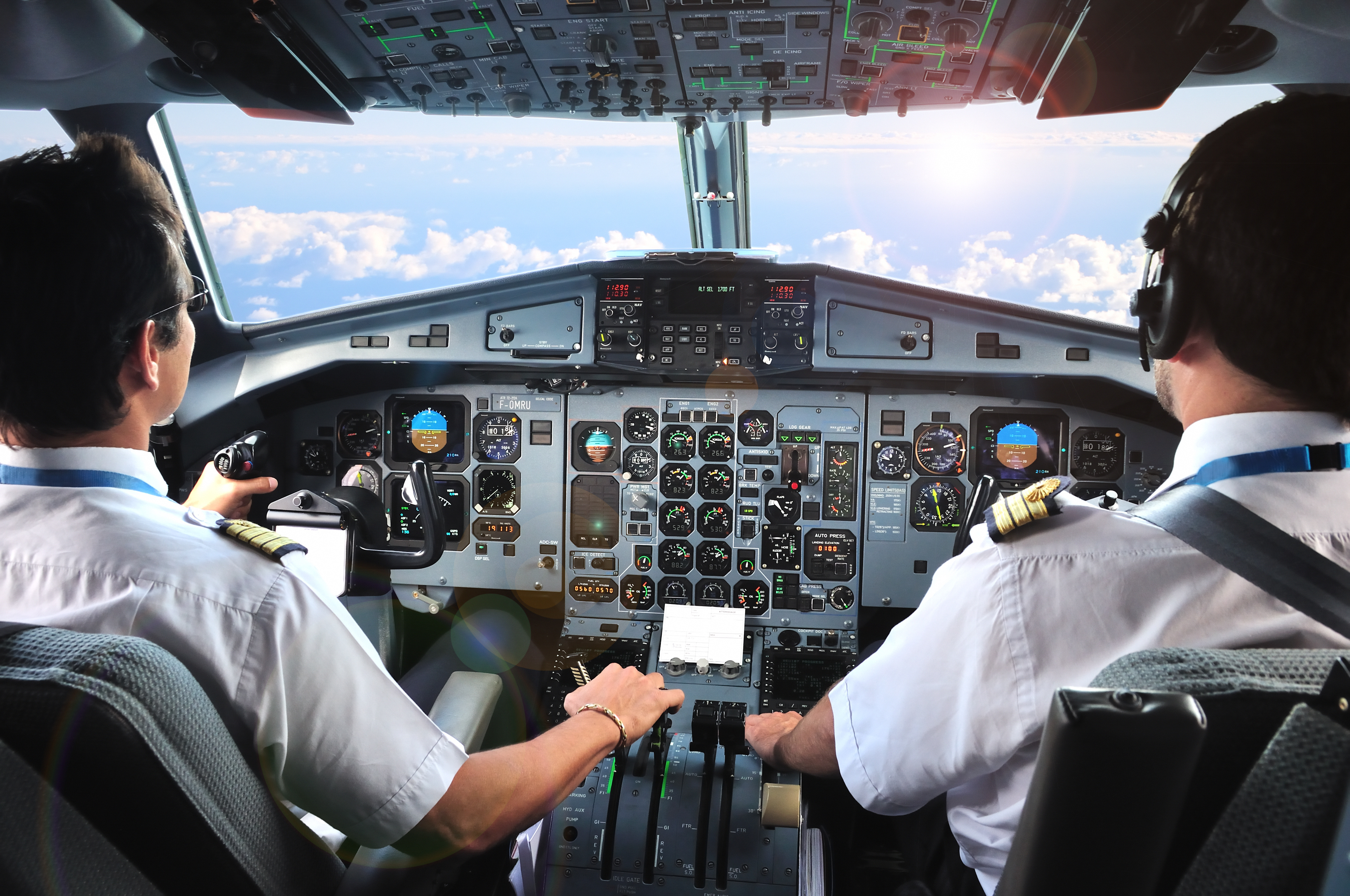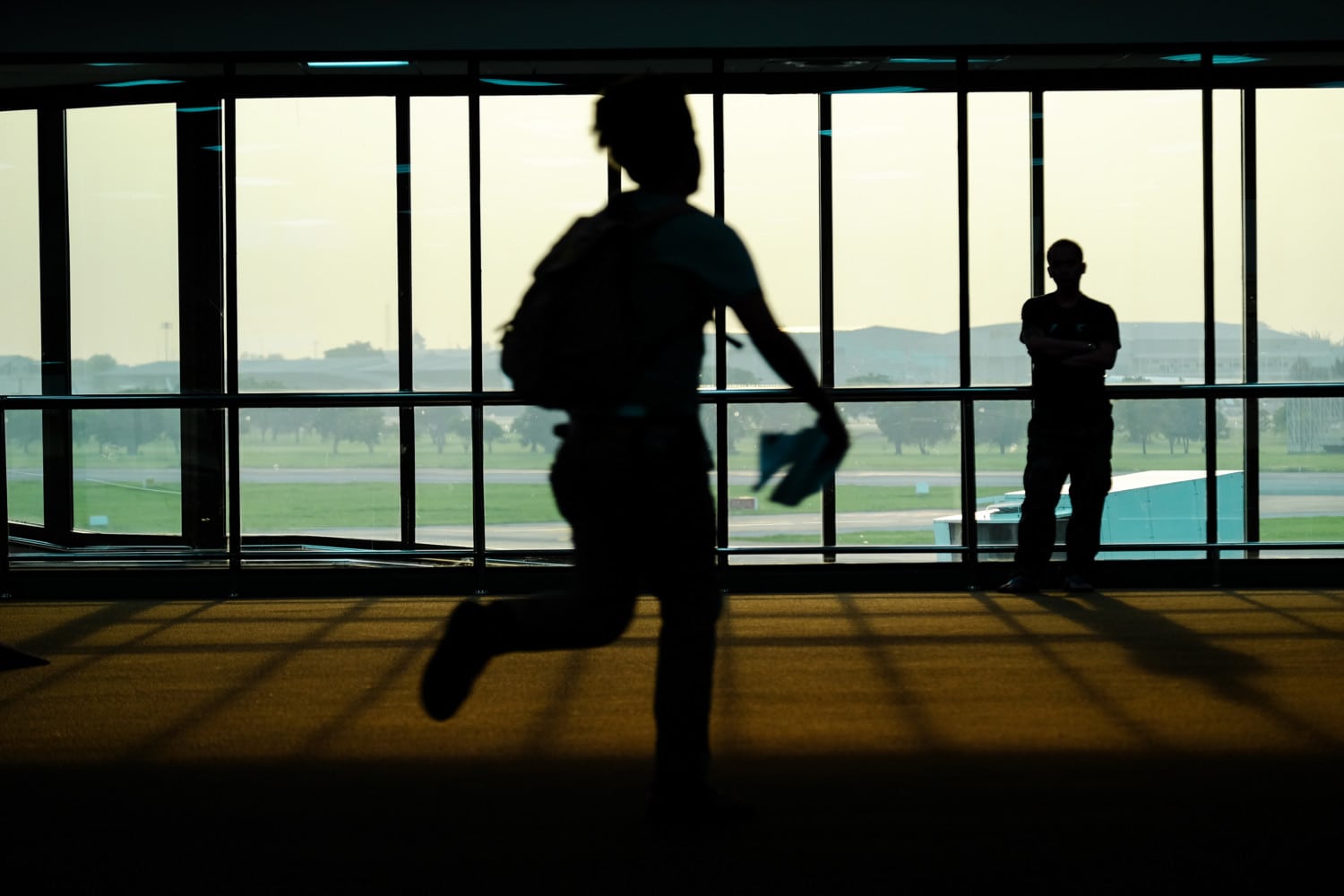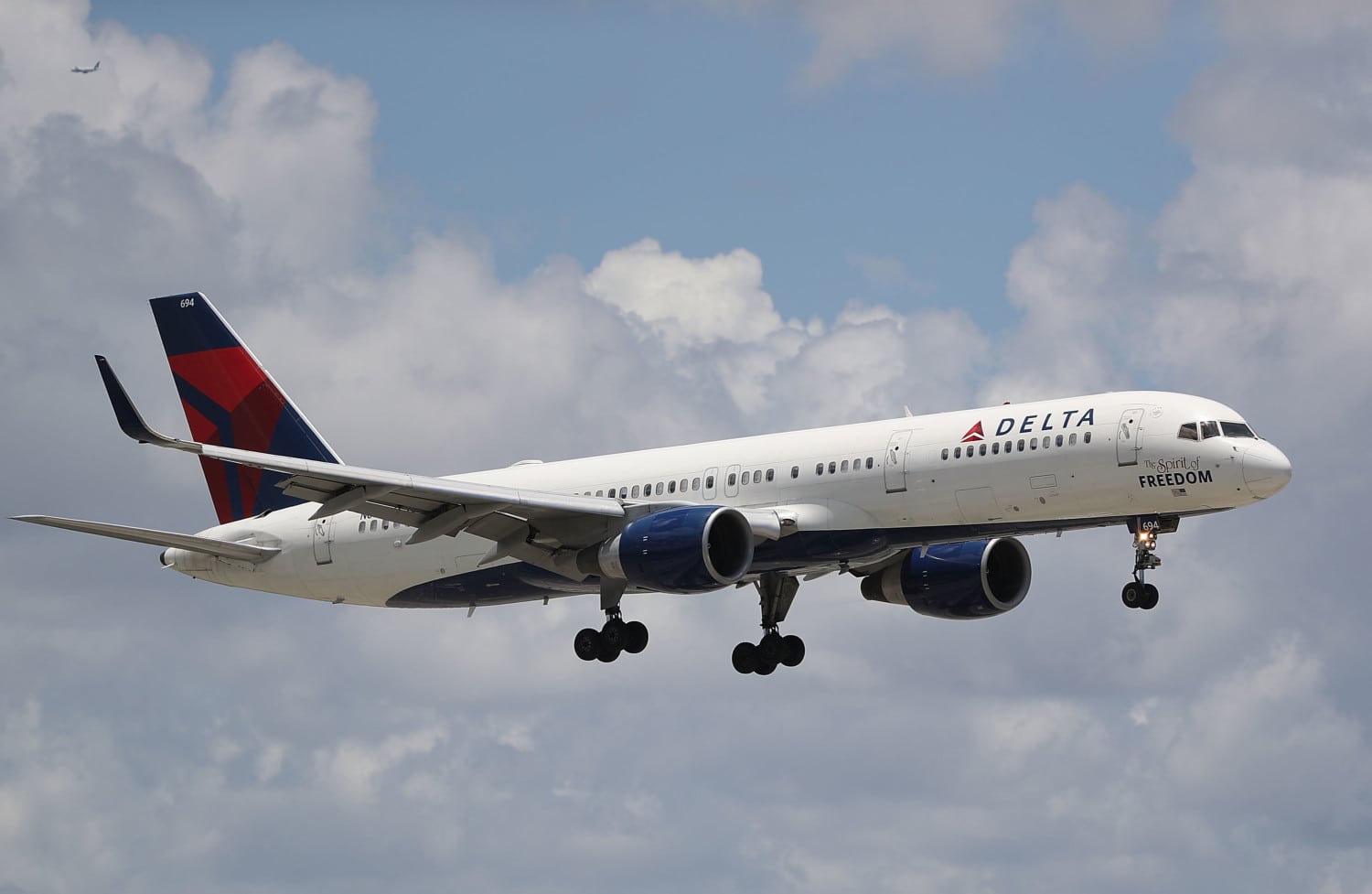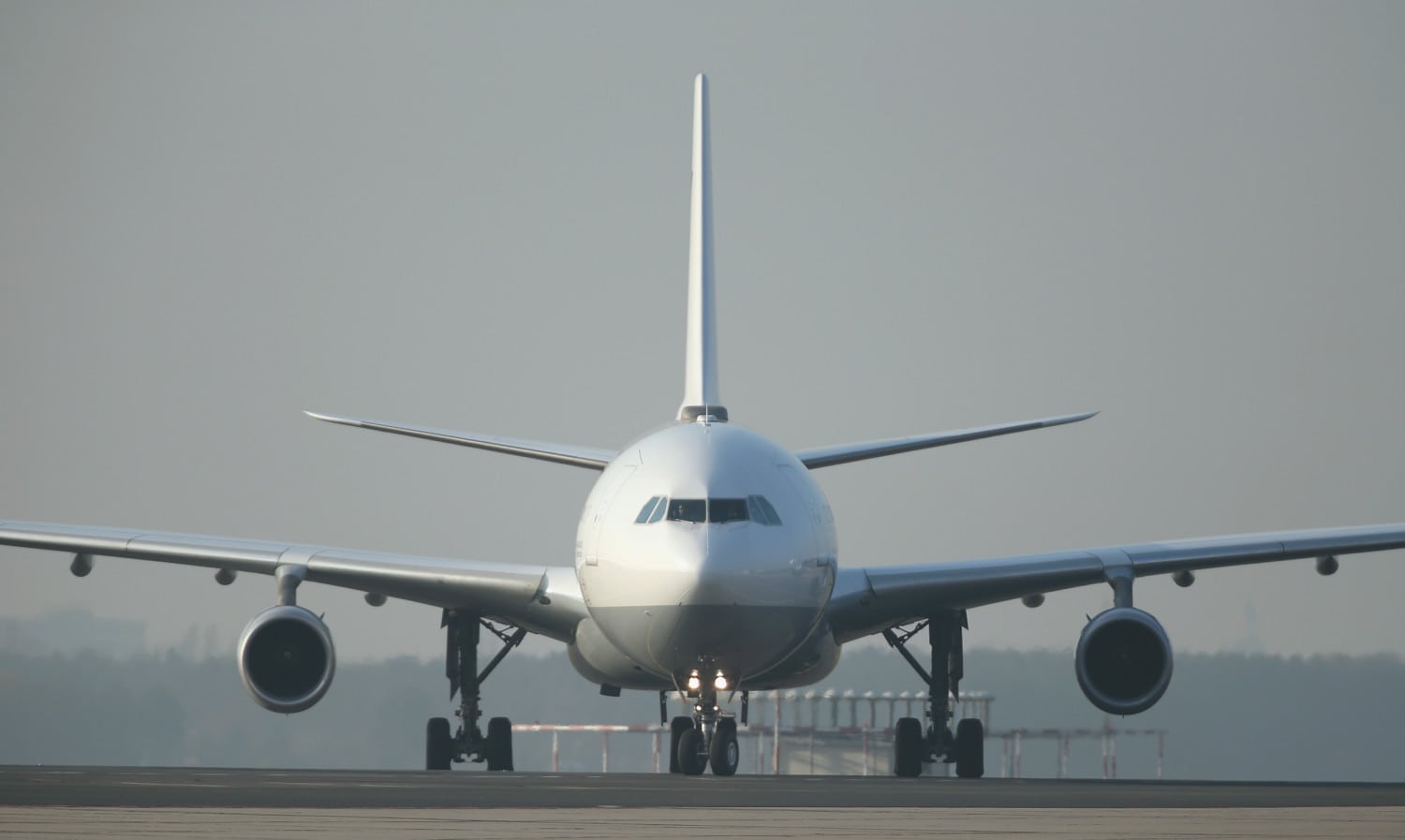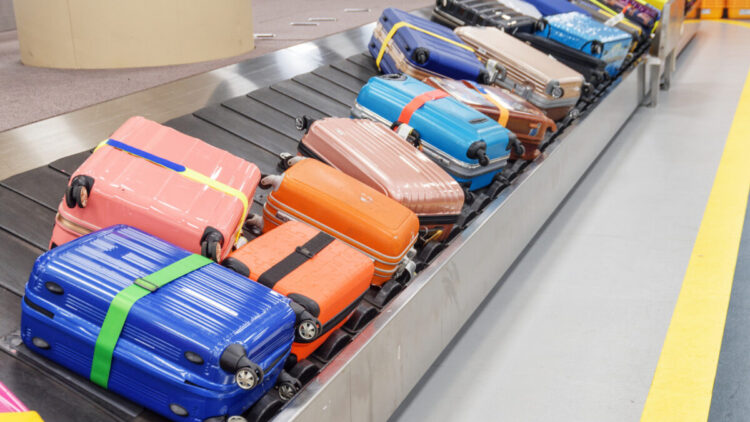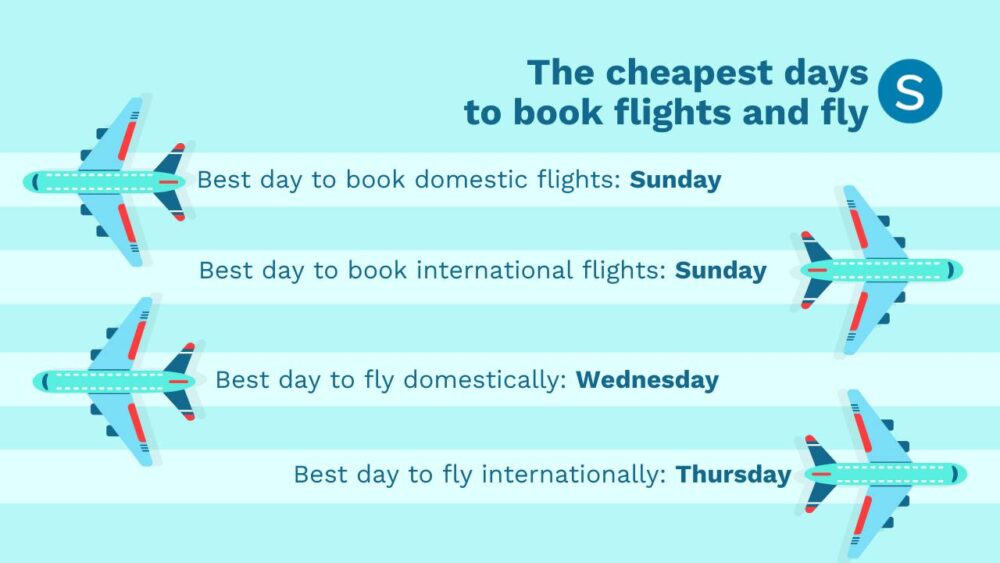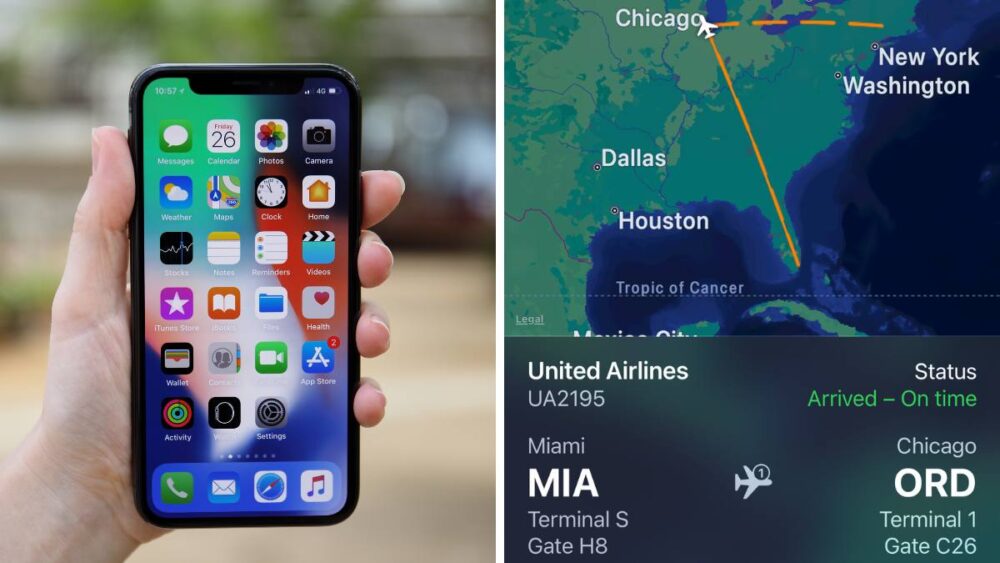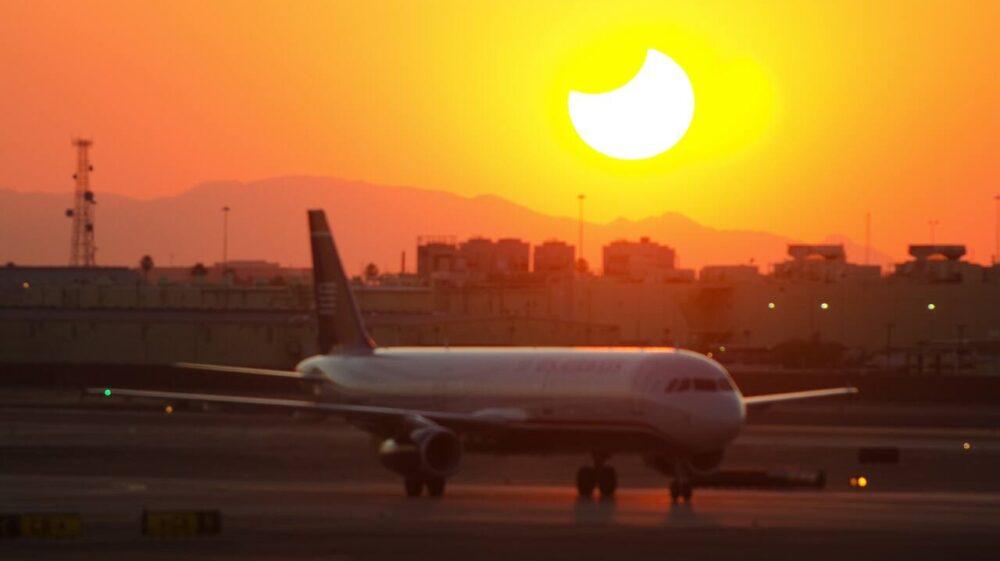What these common phrases you hear on an airplane really mean
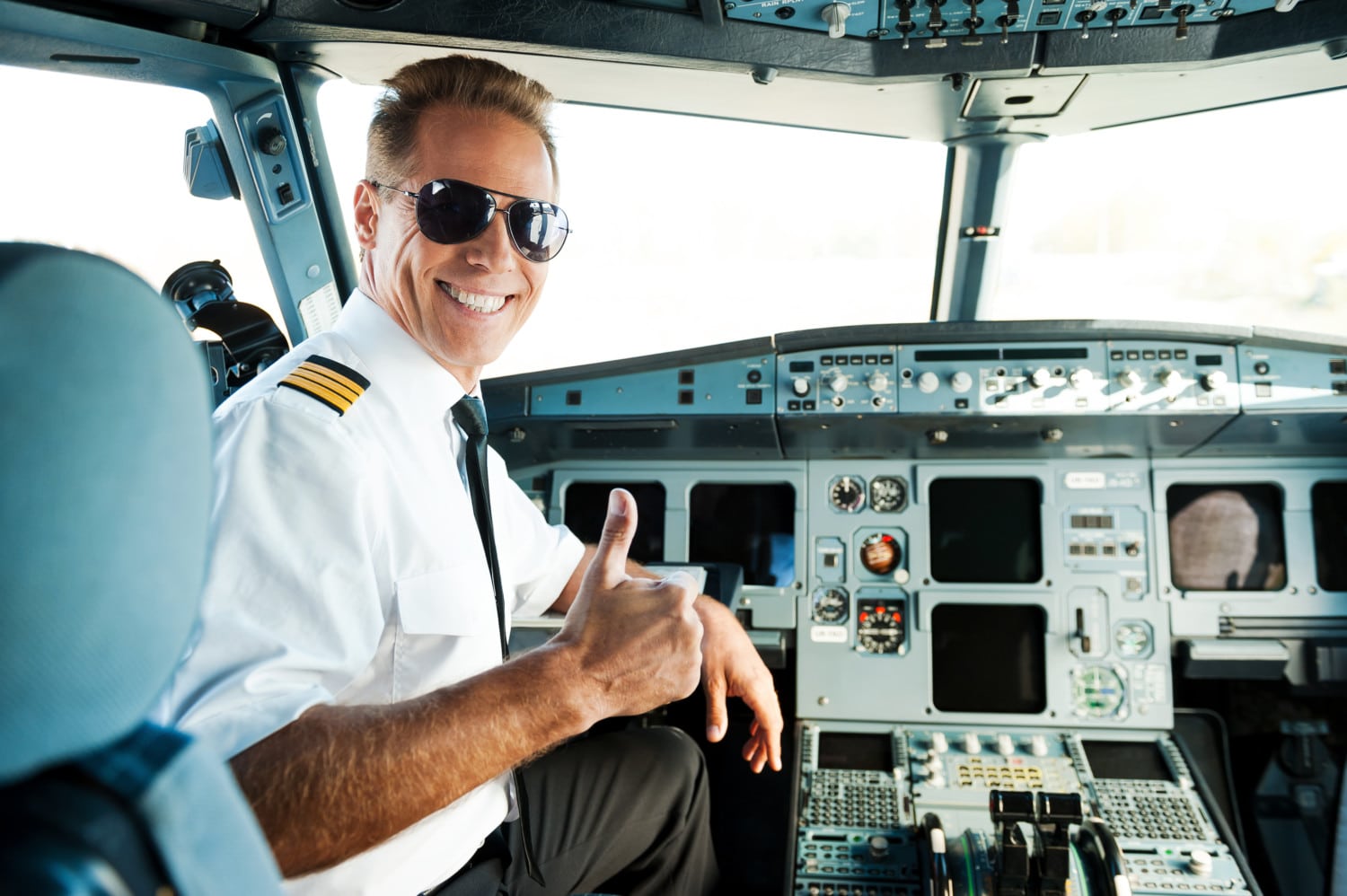
Traveling is stressful as it is without having to question what cryptic messages pilots and crew members are sending — whether it be over the microphone, PA system or even to your face.
Make catching your next flight a little more pleasant with this handy guide to airplane talk.
To help you, we’ve put together this list of top terms and phrases you’re likely to hear while in the air so that you’ll never be left confused again. Happy travels!
“Crosscheck”
As the crew prepares for an arrival or departure, the plane’s doors need to be cross-checked. This basically means the flight attendants need to double check each other’s work.
“Deadhead”
The term “deadhead” is used when a crew member is flying as a passenger to get to an assignment. This shouldn’t be confused for traveling on personal time. For example, a flight attendant may “deadhead” to Dallas to work a flight from there to San Francisco — so the crew member is “deadheading” to Dallas.
“Blue Juice”
You might have guessed this one — this term refers to the blue liquid found in the toilet bowls of planes.
“Doors To Arrival”
This is a common saying that is often announced as your flight is entering the gate. The purpose of this phrase is to ensure that the emergency escape slides attached to the doors have been disarmed. The emergency slides have to be “armed” or “prepared” before a plane takes off so that the slides will automatically deploy if the door opens. Likewise, they need to be disarmed upon arrival, so that the slides don’t deploy when it’s time to let passengers off.
“Sharon Stone Jumpseat”
Flight attendants sit in a fold-down jumpseat for takeoff, turbulence and landing. But this specific term is for jumpseats that face passengers. It references the classic scene from “Basic Instinct” where the Sharon Stone’s character crosses and uncrosses her legs. It’s a tough seat to sit in when wearing a dress or skirt, for obvious reasons.
“All-Call”
This term is used to ensure everyone has verified their work via crosscheck. During an all-call, each person in the crew will call in from where they’re stationed via the telephone intercom. An all-call is utilized to make sure everyone is on the same page.
“Two For One Special”
The two for one special occurs when the plane touches down on landing, bounces up, then touches down again, often causing passengers to panic.
“Crotch Watch”
As silly as this one sounds, this is slang for something important: when a flight attendant walks through the cabin checking that everyone’s seatbelts are buckled.
“Runners”
I’m pretty sure we’ve all been a runner at one point or another — a passenger who is literally racing to catch a connection from a previous flight that arrived late.
“Landing Lips”
The term “landing lips” describes when women touch up their lipstick just prior to landing.
“Last-Minute Paperwork”
According to Patrick Smith, author of “Cockpit Confidential,” last-minute paperwork is “something to do with the weight-and-balance record, a revision to the flight plan, or waiting for the maintenance guys to deal with a write-up and get the logbook in order,” he wrote at his site, Ask The Pilot.
In other words, get ready for a half-hour delay.
“Spinners”
Have you ever been that person who barely makes their flight, yet manages to get onboard without a seat assignment? Then you’ve been a spinner — someone standing in the aisle, spinning around looking for a free seat.
“Base”
A base is the home airport of a crew and its plane. Just as a plane has one base, despite flying in and out of tons of cities, a crew also only has one base, regardless of whether that’s the same as their place of residence.
“George”
This is another term for autopilot.
“Go-Around”
We’ve all been there — sitting in our seats, anxious and confused as to why we haven’t landed yet. The go-around is another way of saying that air conditions aren’t right to land just yet, so the crew will work with air traffic control to arrange a different approach to the runway.
“Met”
This one’s pretty straightforward: “Met” is short for meteorological conditions, aka the weather.
“Extender”
It’s common knowledge that everyone needs to have their seatbelts fastened before a plane leaves the gate for departure. Larger passengers who may be unable to buckle themselves with a standard lap belt can ask for a seatbelt extension, or extender, giving them an extra 25 inches of belt.
“Holding Pattern”
This is a racetrack-shaped course that is flown when the weather is bad or if there’s a lot of air traffic. A plane enters a holding pattern when there’s nowhere else to go.
“Flight Deck”
You may hear the pilot announce his or her greeting from the “flight deck.” This is plane-speak for “cockpit.”
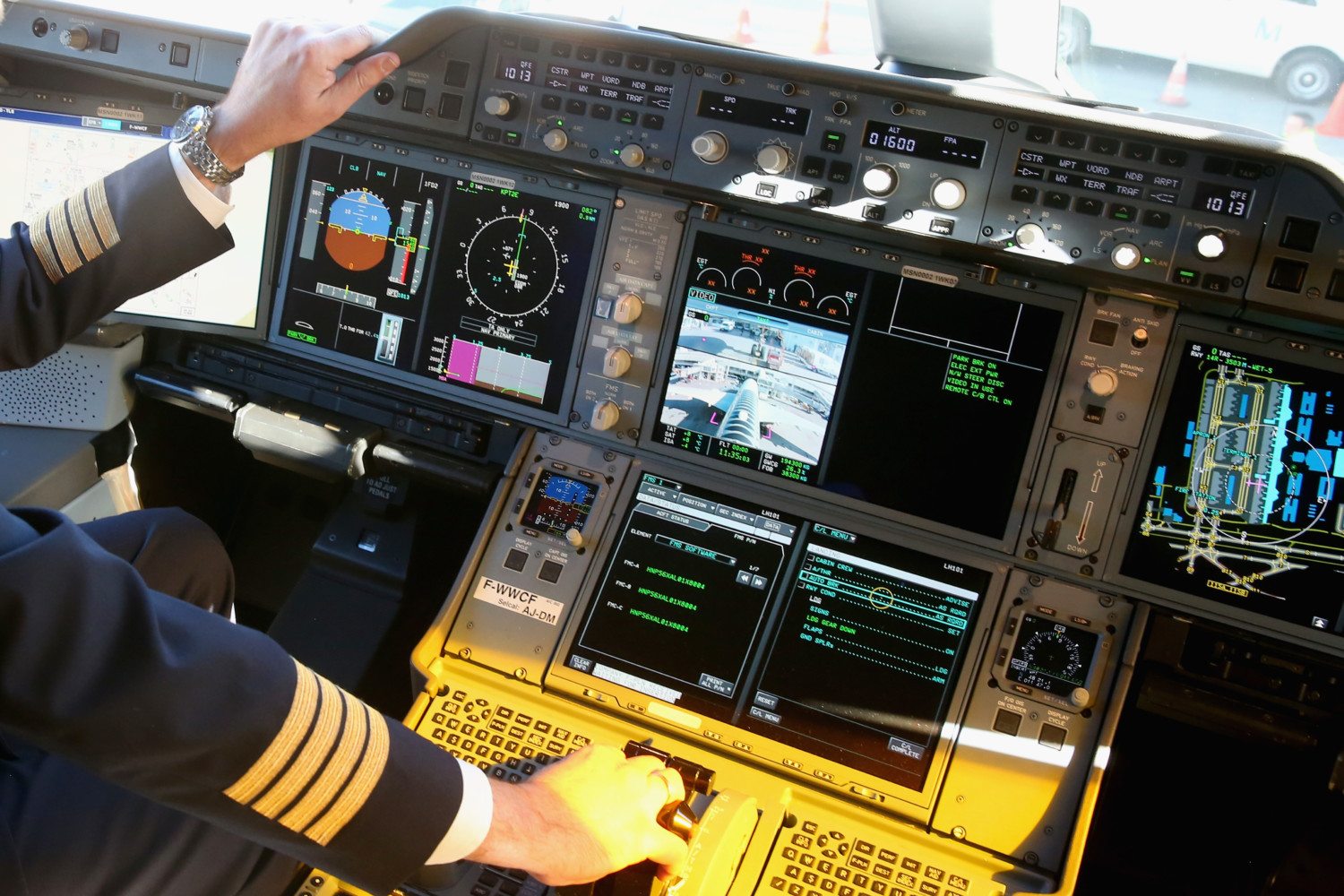
“First Officer”
The captain (or head pilot) will often introduce the “first officer” during in-flight announcements. This fancy term for a co-pilot is a carryover from military days, but it also clearly establishes the chain of command during a flight.
“Final Boarding Call”
This one is pretty obvious: If you’re in the airport and hear this announced for the flight you’re trying to make, it means: run! Flight staff will close the gate 10-15 minutes before the plane’s scheduled takeoff time. If you get there after the door’s shut, you better start working to try and get on the next flight to your destination.
“EFC Time”
“EFC” stands for “expect further clearance” time. This is also known as a release time, and it gives the crew an estimation of when they can get out of a holding pattern and continue on the planned course to the destination.
“Wheels-Up Time”
It’s pretty obvious that this one’s slang for takeoff, however according to Patrick Smith, it’s mostly used in the context of takeoff after a ground delay.
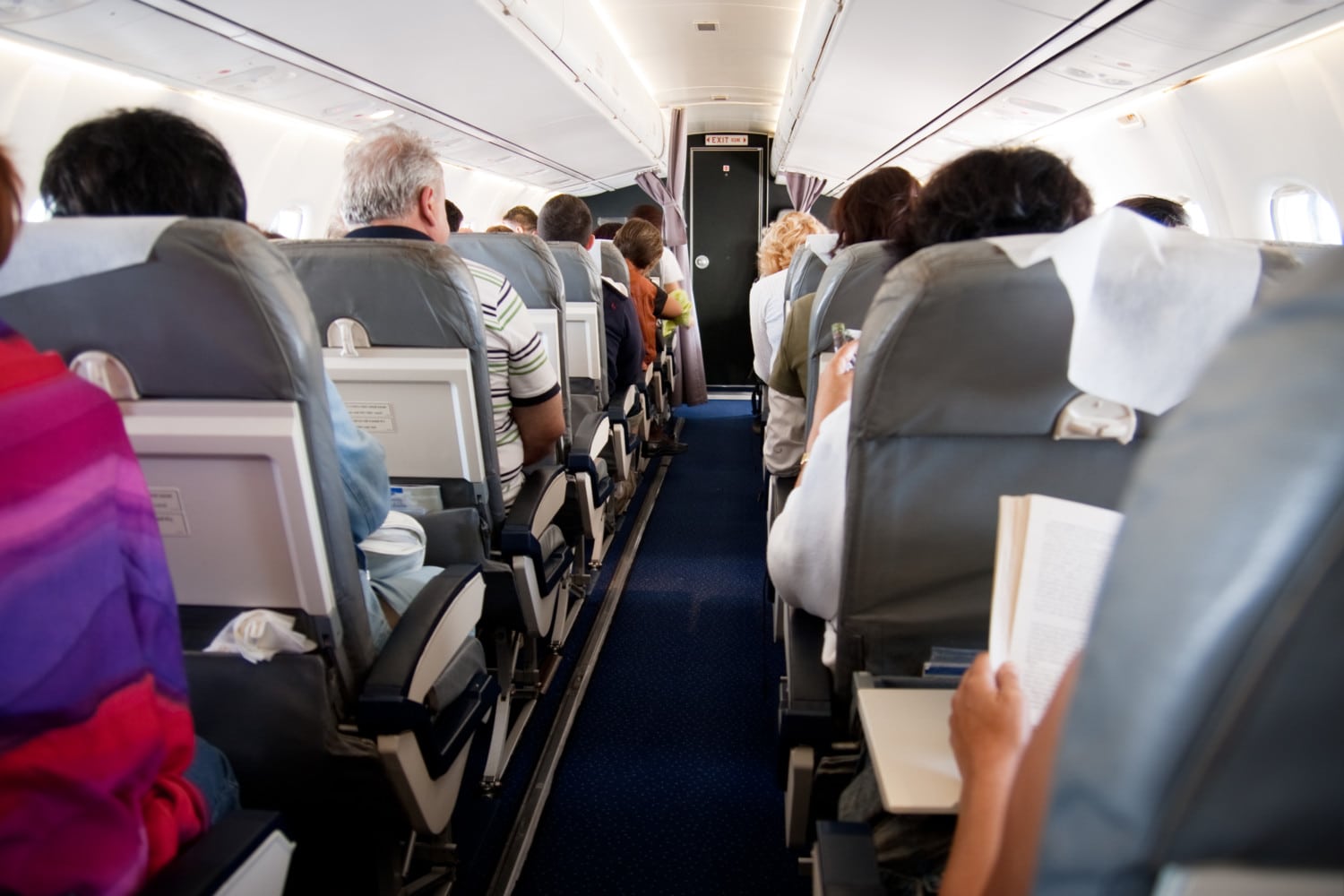
“Vector”
Chances are if you’re a math buff you’ll know this one. “Vector” is a mathematical term used to describe the combination of the direction the plane is heading and the plane’s speed. Pilots will often include this in their altitude announcement.
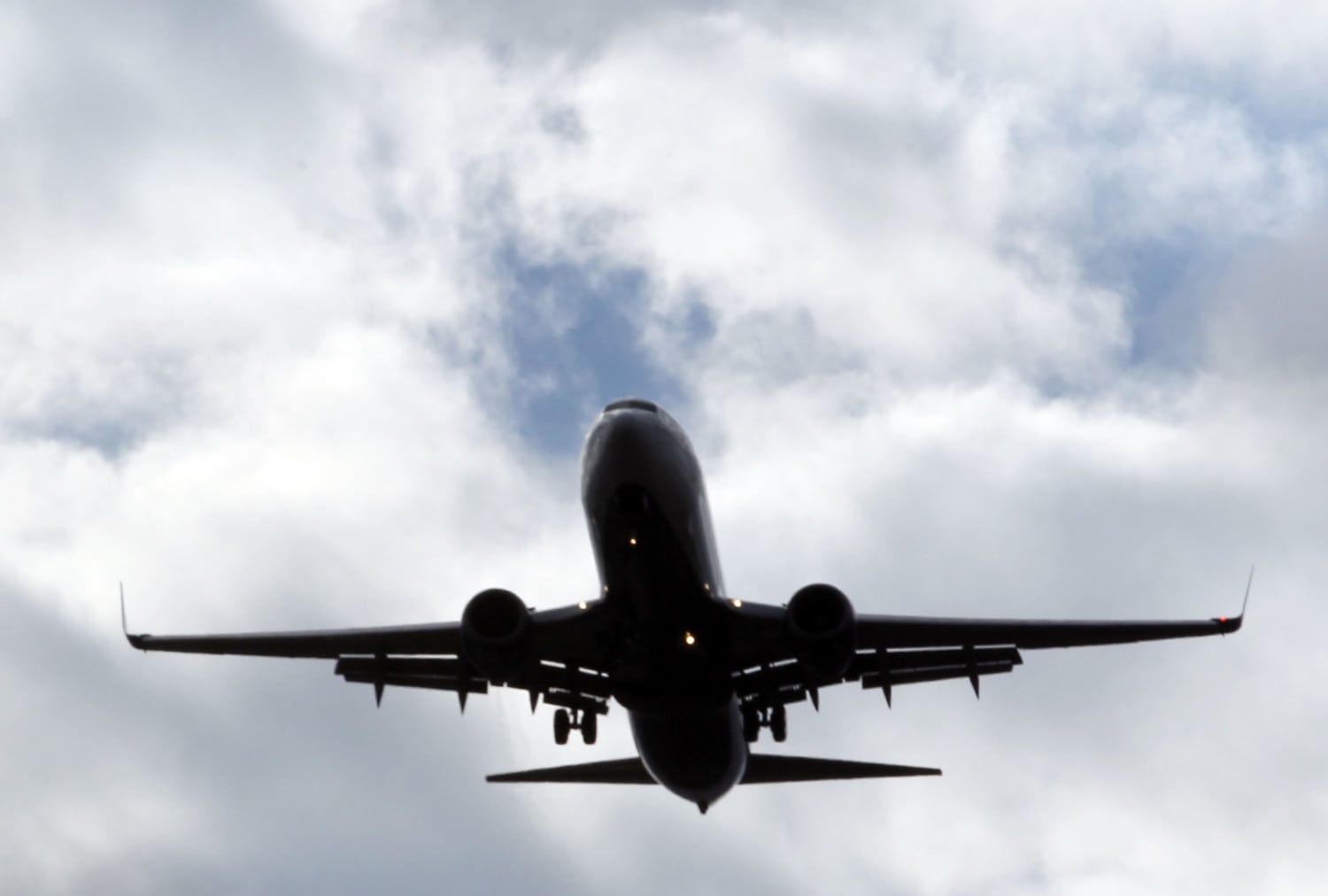
“Tarmac”
While this word has come to describe the surfaces planes touch while on the ground, it’s not entirely accurate. The word tarmac comes from “tarmacadam,” a tar-based substance used to resurface roads, that coincidentally is too soft to be used for airport surfaces.
You’re more likely to hear pilots and flight staff use more accurate terms to describe these areas: runway, taxiway and apron (aka what most of us think of as “at the gate”).
Did you recognize any of these terms?


